In order to win football games, the defense needs to control the line of scrimmage. Plain and simple. Generating a pass rush and controlling gaps so running backs can't run freely require a great technique and solid scheme.
Similar to how an offense has a play script, detailing what each player's job is, the defensive line has as responsibility.
In order to stop the run, the defensive line must control gaps ( the spaces between each lineman). This forces the running back to slow his feet or run laterally, which is great for the defense.
We're going to be using the numbering system you learned in the previous lesson ( 1, 2i, 3, etc.) to identify where each defensive lineman is setting up in the appropriate scheme.
Each defensive position has an alignment and assignment, based on the front that they're in. We're going to detail the most common fronts used in football.
Over
The over front is one of the more common fronts run out of the 4-3 defense. The 4 defensive linemen will line up in the following techniques:
Defensive Tackles: 1 Technique & 3 Technique
Defensive Ends: 5 Technique
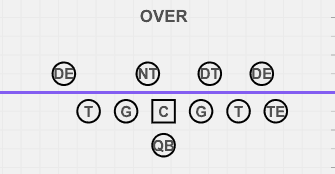
As shown above, the 3 techniques will be set to the tight end side. The 1 technique will be set on the opposite side of the center.
Under
The under front is similar to the over the front, the only difference is that the 3 technique is now set to the opposite side of the tight end.
Defensive Tackles: 1 Technique & 3 Technique
Defensive Ends: 5 Technique
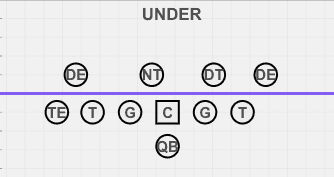
Teams will shift their linebackers to the tight end side, if he's a viable passing threat, and play the 3 technique opposite side.
Field
The "field" set is the same as the over/under the front, only the defensive front is set to the field (the side of the field with more space). These fronts are used if there's no tight end.
Defensive Tackles: 1 Technique & 3 Technique
Defensive Ends: 5 Technique
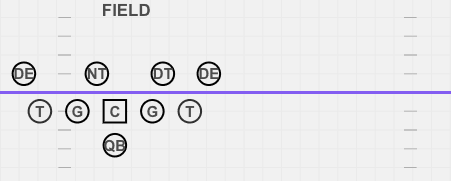
As shown above, the open side of the field has the 3 technique occupying the B gap, and the opposite side is occupied by the 1 technique.
Boundary
The boundary set is also the same as the over/under front, except the 3 technique will go toward the "short" side of the field, otherwise known as the "boundary'
Defensive Tackles: 1 Technique & 3 Technique
Defensive Ends: 5 Techniques
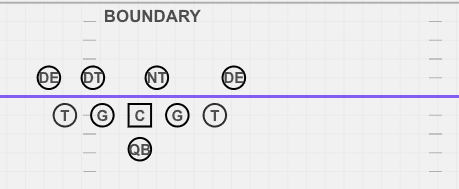
As shown above, the 3 technique will occupy the B gap to the short side of the field and 1 technique to the field side.
Bear
The bear front, made famous by the Chicago bears, requires 3 defensive tackles to occupy the 3 interior offensive lineman ( Center & 2 guards).
Nose Guard: 0 Technique
Defensive Tackles: 2 Techniques
Defensive Ends: 5 Techniques
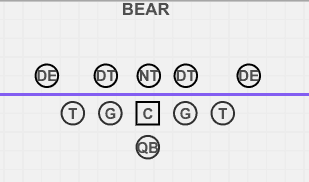
The easiest and most efficient way to identify a bear front, is see if the defense has the center and 2 guards covered.
Tight/Okie
Moving into the 3-man fronts, the first scheme is the tight front. The tight front is one of the more popular schemes to defend against the spread attack.
Nose Tackle: 0 Technique
Defensive Ends: 4i Technique

The 0 technique is usually a player that can handle double teams and own 1 on 1 blocking. The 2 4i's are primarily B Gap players, which can disrupt zone blocking schemes.
Stack
The stack front is similar to the tight/okie front, however, it has the defensive ends either head up or outside alignment of the tackle. This front is common against spread attacks, with teams who like to throw the football.
Nose Tackle: 0 Technique
Defensive Ends: 4/5 Technique

1
2
3
4
5
6
7
8
9
10
Lesson 11:
Understanding Defensive Fronts
12
13
14
15
16
17
18
19
20
21
22
23
24
25
26
27
28
29
30
31
32
33
34
35
36
37
38
39
40
41
42
43
44
45
46
47
48
49
50
51
52
53
54
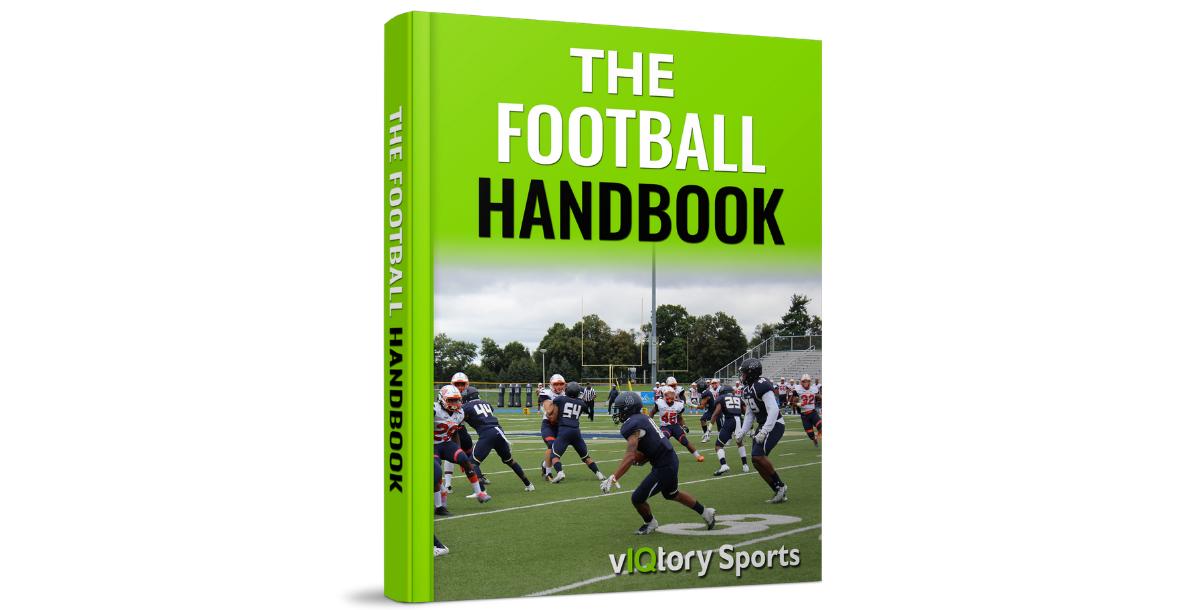
The Only Football Guide You'll Ever Need We take you deep inside the game of football. The Football Handbook has everything you'll need to learn scheme, formations, techniques. You'll get a complete breakdown of how coaches all around the world are teaching and evolving the game of football. Included In This Course: Courses For Every Position On The Field Deep Look Inside Offense & Defensive Ph...
